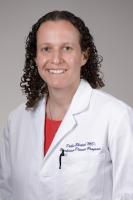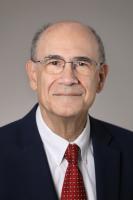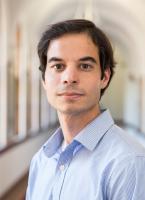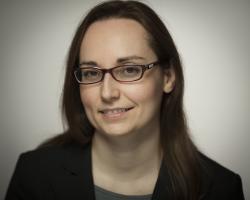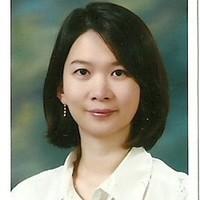Movement disorders can be defined as neurologic syndromes in which there is either an excess of movement (commonly known as hyperkinesia, dyskinesia, and abnormal involuntary movement) or a lack of voluntary and automatic movements unrelated to weakness or spasticity. These complex disorders may or may not have genetic, environmental, infectious, metabolic, nutritional, toxicological, and vascular factors contributing to their cause. One of the most common movement disorders is Parkinson’s disease, which is a slow progressive disorder characterized by tremor, slowness of movement, and difficulty walking. Examples of other types of movement disorders include the following: Dystonia, Chorea, Huntington's disease, Ataxia, Tremor and Essential tremor, Myoclonus, Tics, Tourette syndrome, Restless legs syndrome, Stiff person syndrome and gait disorders.
Researchers at the National Institutes of Health (NIH) are pursuing studies with an overall focus and goal of understanding the natural history of movement disorders and finding their causes. Our natural history study is the primary study through which we screen all patients with neurological conditions to enroll in additional research protocols in the Movement Disorders Program. No investigational treatments will be administered on this primary study and the NIH physicians will be playing a consultative role to the patient’s primary physician. The majority of our other studies involve techniques such as Magnetic Resonance Imaging (MRI), Transcranial Magnetic Stimulation (TMS), Electroencephalography (EEG), and Magnetoencephalography (MEG), to better understand various characteristics of the brain. A limited number of studies do involve treatment. For example, some studies utilize techniques that examine the effectiveness of botulinum toxin as treatment for a variety of movement disorders, offering botulinum toxin on a limited basis. Researchers also collaborate with the neurosurgery department utilizing Deep Brain Stimulation (DBS) for patients with specific disorders.
If you are a patient interested in treatments for movement disorders or participating in one of our research studies, please contact:
Cecile Shindell
Patient Care Coordinator
Movement Disorders Unit, NINDS
National Institutes of Health
10 Center Drive/ 7D36B
Bethesda, MD 20892
Office: 301-496-0009
Mobile: 301-529-7159
eFax: 301-480-6334
OR
Patient Recruitment and Public Liaison Office toll-free at:
1-800-411-1222
TTY: 1-866-411-1010

